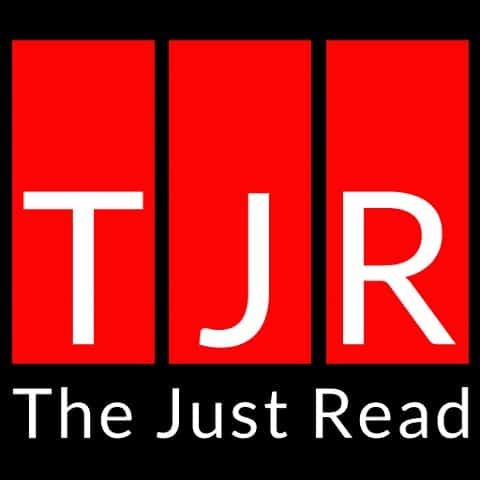Generalization in education can have two meanings. However, in English teaching, it refers to making and identifying broad statements about someone or something. These statements can be true in some cases but not in all cases. Some generalizations are logically acceptable but often unproven and spread misinformation.
When teaching generalizations, we show students that broad statements can be valid or faulty. Generalizations should be founded on facts or information, experience, more than one example, reasoning, and logic. Additionally, signal words can show whether a generalization is valid or faulty.
Humans are born with the innate ability to generalize. It's how we use our knowledge to help us identify commonalities and patterns in our lives. However, marketers and influential people sometimes use faulty generalizations to earn a profit or sway people into following them. So, we must teach students how to understand this and generalize correctly.
Teaching The Two Types Of Generalizations
Since the ability to generalize is an innate skill, young students will be able to understand simpler generalizations. As students understand more complex reasoning, teachers can introduce different examples of generalizations and longer texts for analysis. But what must they analyze?
Teachers must teach the skill of discerning if a generalization is valid or faulty. Additionally, we should teach our students to avoid making faulty generalizations. Instead, they should learn the skill of assessing their thoughts before making any generalization.
Before we continue, let's look at an example of each. Suppose to information we have is:
It snows in Detroit in Winter
Valid Generalizations
For a generalization to be valid, it should have the following attributes:
- First, it should be based on supporting facts and information.
- Second, it should be based on a few examples, preferably firsthand experience.
- Third, it should be reasonable and logical.
To help your students identify if a statement is a valid generalization, we can teach them a few signal words. These signal words suggest an allowance for correction, and the generalization isn't deemed an all-encompassing "fact."
The signal words for valid generalizations include some, most, might, sometimes, often, probably, typically, generally, in general, overall, many, rarely, and few.
The following video shows you how to identify if a statement is valid based on a supporting passage.
Faulty Generalizations
A faulty generalization is potentially dangerous because it can cause a lot of damage. You will usually find examples of faulty generalizations in marketing, politics, racism, and people's strong opinions on matters. It is non-inclusive and can stir up a lot of nonsense.
As teachers, we must teach our students the pitfalls of making and believing faulty generalizations. They need to train their thinking and words and not believe something just because an influential person "said so."
Faulty generalizations usually exclude one or more of the traits of a valid generalization. This means:
- They are not based on facts or accurate information.
- They are not based on experience.
- They might only be based on one example, which is not enough to show a pattern.
- They are not reasonable or logical.
Some signal words for faulty generalizations are everyone, nobody, none, all, never, and always.
Below are two more examples showing valid and faulty generalizations based on a piece of information.
Example 1 | |
|---|---|
Information | The following building will be closed on the 4th of July: City Hall, the library, courts, and Post Office. |
Valid Generalization | Most government buildings are closed on the 4th of July. |
Faulty Generalization | All government buildings are closed on public holidays. |
Example 2 | |
|---|---|
Information | In 2021, the Indian city of Bhiwadi had the worst air quality in the world. |
Valid Generalization | Bhiwadi is probably an industrial city. |
Faulty Generalization | Nobody likes Bhiwadi. |
How To Teach Generalization to Elementary Students?
Teaching Generalizations to elementary grades students can be a challenging task sometimes. However, if you are out of ideas and struggling to put a lesson together, then we have got you covered.
Our Lesson for Generalizations is a comprehensive teacher resource comprising examples of various types of generalizations and their explanation.
Learning Objectives:
Students should be able to:
- Understand the meaning of “Generalize or Generalizations.”
- Recognize the clue words for generalizations.
- Recognize autobiography and biography texts.
Learning Outcomes:
By the end of Generalizations lesson, students will be able to:
- Differentiate autobiography and biography texts.
- Use ideas to make generalizations.
- Identify “Generalizations” in given text with the help of clue words
You can watch the lesson video here before downloading the slides.
Download Generalizations Lesson Powerpoint Slides.
Download ppt Slides For This Lesson
Editable Lesson Slides included
We hope that this English lesson resource is helpful for you and your students. You can check our complete range of English lessons here.
